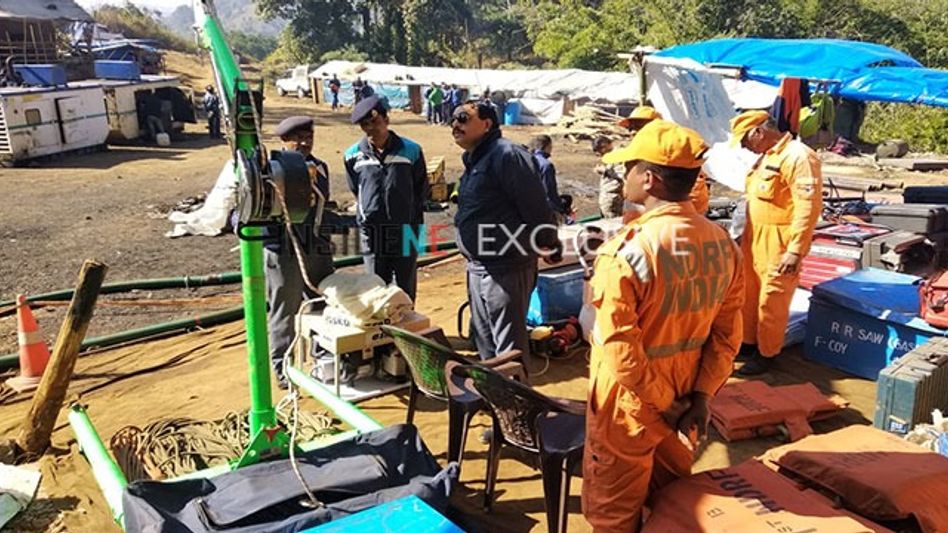Meghalaya mine one month later: Anatomy of a tragedy
 Meghalaya mine one month later: Anatomy of a tragedy
Meghalaya mine one month later: Anatomy of a tragedyGuwahati, January 13, 2019:
At 7 pm on 13 December, 2018, officials at Saipung Police Station received a rude jolt. Word had arrived that miners were trapped in Ksan in a flooding mishap. Although the National Green Tribunal (NGT) had tried to put a stop to the illegal mining practice in the Meghalaya, people were well aware that ‘rat-hole’ mining practices were still commonplace.

What is a rat-hole mine, you may wonder? Rat hole mining is done by digging small holes into the ground. This kind of mining has polluted the environment as it releases mining waste into the rivers, leading to the death of fish and animals.
The authorities sprung into action and a total of seventy one people reached the Ksan with necessary equipment. Ksan is a secluded area where 60-90 mines are reported to be located. According to official sources, the mine where the mishap took place had been operational for 4-5 months.

After a month of relentless efforts from The National Disaster Relief Fund (NDRF), Indian Navy personnel as well as a team sent by Orissa fire services, no leeway has been made and only three helmets have been recovered. Officials have pinned their last hopes on the SONAR machine and the Underwater Remotely Operated Vehicle (UROV) machines to monitor the situation in the mine after the seeping out 1 crore litres of water by installing high-power pumps at two shafts have proved futile and water continues to seep in from neighboring Lytein river as well as abandoned mines burrowed in surrounding areas.
The reason these mines are still operational is because big money is involved, with some estimates putting the selling price of the mined coal at Rs. 22,000 per quintal. Laborers are lured from neighboring Assam by the smell of money, as a single day of work earns them Rs. 1500-2000, while regular labour work only earns Rs. 200-400. In fact, of the 18-21 miners working in the mine on that fateful day, only 3 were locals.
The incident has placed a harsh spotlight on the situation as the inhumane mining conditions have come under the radar of authorities yet again. Justina Dkhar, mother of two men aged 20 and 22 from nearby village Lumthari who are believed to be trapped in the mine has given up hope and says she only hopes for their bodies to be found now. Unemployment is one of the primary reasons which allows these mines to function as these mines draw youth who are unable to find find employment elsewhere, thus putting their lives at risk.
The NGT, meanwhile, is turning the screws on the Meghalaya government for a strict crackdown on these activities, but it remains to be seen to what extent they will be able to curb the phenomenon of ‘rat-hole‘ mining in the minerals-rich East Jaintia Hills district.
Copyright©2025 Living Media India Limited. For reprint rights: Syndications Today









